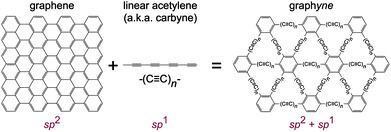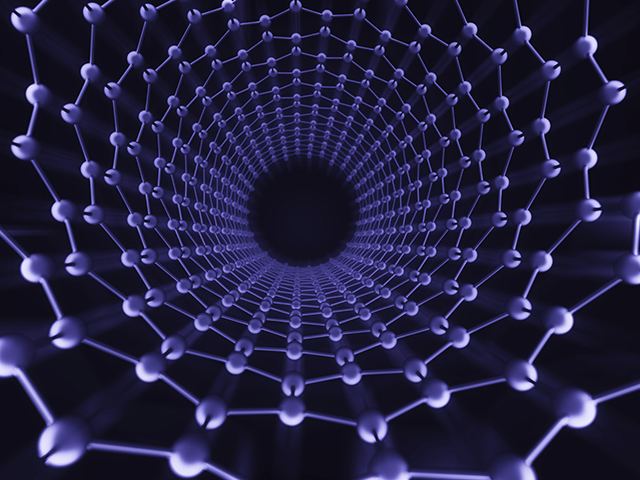 | ||
In organic chemistry, a carbyne is a general term for any compound whose molecular structure includes an electrically neutral carbon atom with three non-bonded electrons, connected to another atom by a single bond. A carbyne has the general formula R-C3•, where R is any monovalent group and the superscript 3• indicates the three unbounded valences. Carbynes are named after the simplest such compound, HC3•, the methylidyne radical or (unsubstituted) carbyne. Bulk carbyne (−C≡C−)n is also called linear acetylenic carbon.
Contents
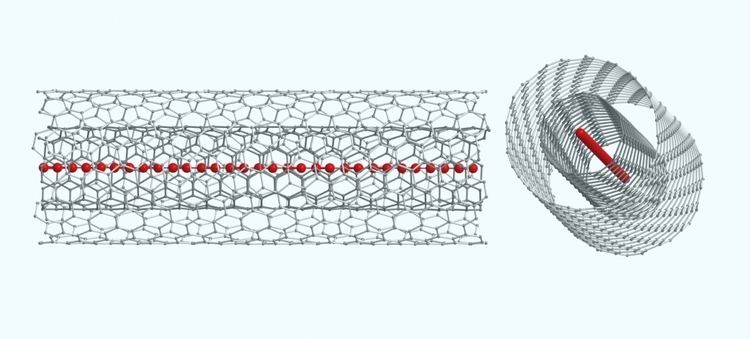
Electronic configuration

Carbyne molecules are generally found to be in electronic doublet states: the non-bonding electrons on carbon are arranged as one radical (unpaired electron) and one electron pair, leaving a vacant atomic orbital, rather than being a tri-radical (the quartet state). The simplest case is the CH radical, which has an electron configuration 1σ2 2σ2 3σ2 1π. Here the 1σ molecular orbital is essentially the carbon 1s atomic orbital, and the 2σ is the C-H bonding orbital formed by overlap of a carbon s-p hybrid orbital with the hydrogen 1s orbital. The 3σ is a carbon non-bonding orbital pointing along the C-H axis away from the hydrogen, while there are two non-bonding 1π orbitals perpendicular to the C-H axis. However the 3σ is an s-p hybrid which has lower energy than the 1π orbital which is pure p, so the 3σ is filled before the 1π. The CH radical is in fact isoelectronic with the nitrogen atom which does have three unpaired electrons in accordance with Hund's rule of maximum multiplicity. However the nitrogen atom has three degenerate p orbitals, in contrast to the CH radical where hybridization of one orbital (the 3σ) leads to an energy difference.
Occurrence
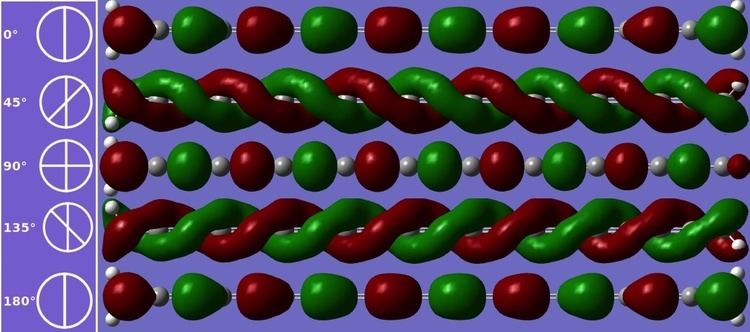
A carbyne can occur as a short-lived reactive intermediate. For instance, fluoromethylidyne (CF) can be detected in the gas phase by spectroscopy as an intermediate in the flash photolysis of CHFBr2.
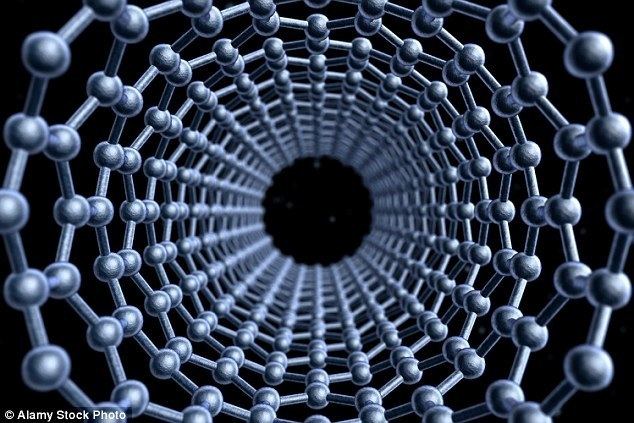
Carbynes can act as trivalent ligands in many complexes with transition metals connected to a metal by the three non-bonded electrons in the -C3• group. Examples of such coordination compounds are Cl(CO)
4W≡C-CH
3, WBr(CO)2(2,2'-bipyridine)≡C-aryl and WBr(CO)2(PPh3)2≡C-NR2. Such a compound can be obtained by reacting tungsten hexacarbonyl W(CO)6 with lithium diisopropylamide to form (iPr2N)(OLi)C=W(CO)5. This is then reacted with either oxalyl bromide or triphenylphosphine dibromide followed by triphenylphosphine. Another method is to treat a methoxy metal carbene with a Lewis acid.

